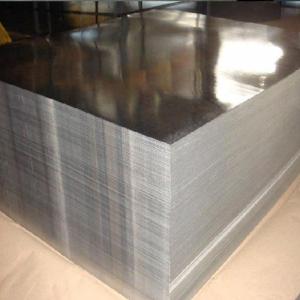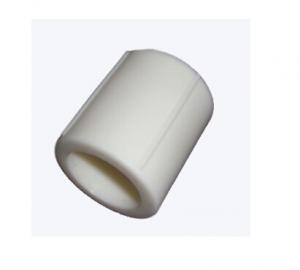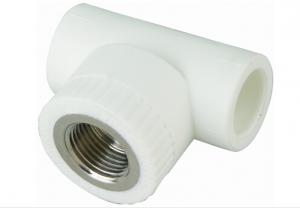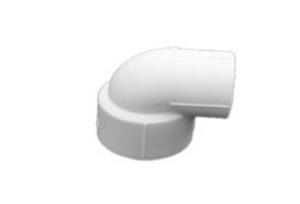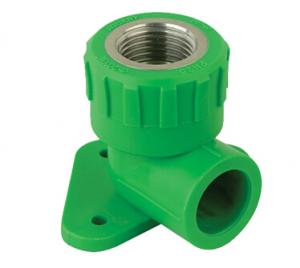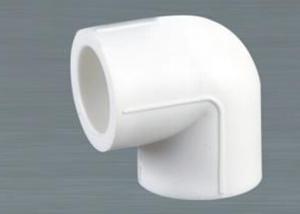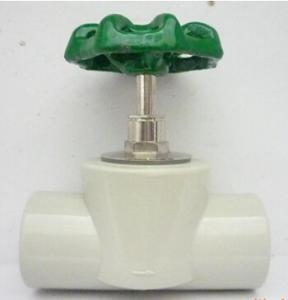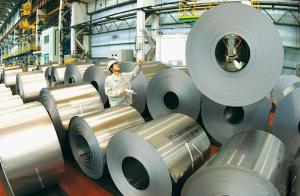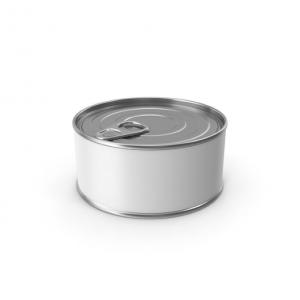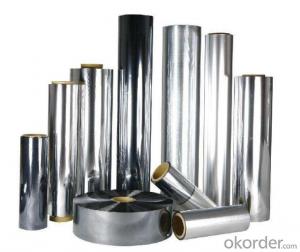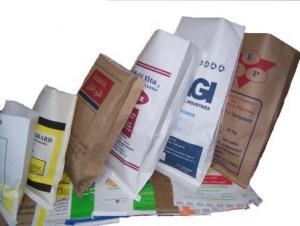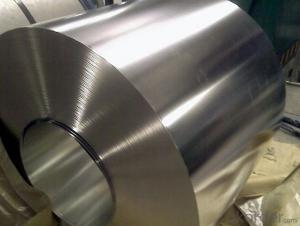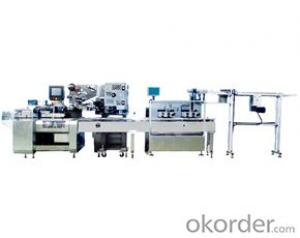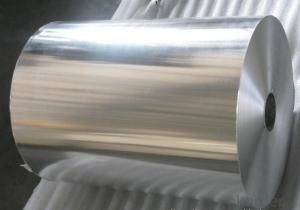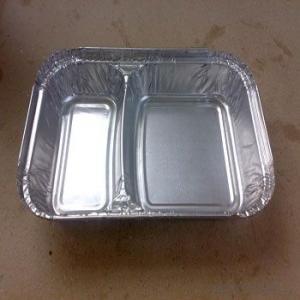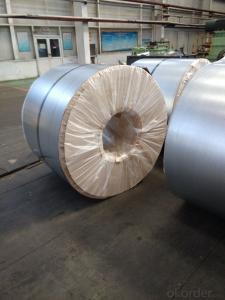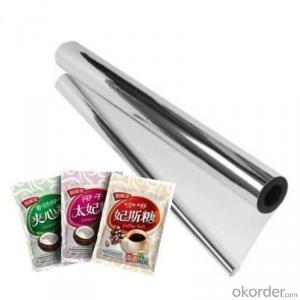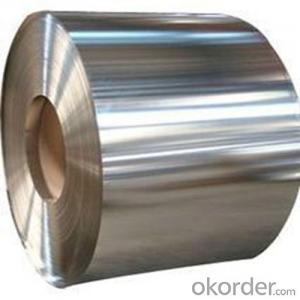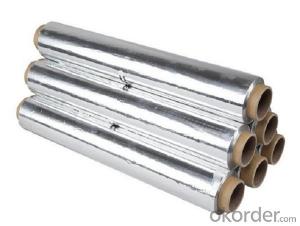Tinplate Food Packaging
Tinplate Food Packaging Related Searches
Packaging Tape Art Packaging Tape Dark Wood Material Table Protection Film Furniture Packaging Materials Frost King Window Film Geocomposite Drainage Material Geomembrane Material Noise Absorbing Material Bike Paint Protection FilmHot Searches
Inverter Size For Solar System Solar Panel Inverter Size Cost Of Drywall Per Sheet Large Size Aluminum Foil Aluminum Foil Market Size Solar Inverter Market Size Solar Inverter Size Chart Solar Inverter Size 1 2 Inch Type X Drywall Cost Of Drywall 1 2 Type X Drywall Geomembrane Market Size Geogrid Aperture Size Drywall Corner Bead Types Tinplate China Tinplate Stock Price Tata Tinplate Price List Tinplate Price Trend Tinplate Nse Share Price Tinplate Price ChartTinplate Food Packaging Supplier & Manufacturer from China
Okorder.com is a professional Tinplate Food Packaging supplier & manufacturer, offers integrated one-stop services including real-time quoting and online cargo tracking. We are funded by CNBM Group, a Fortune 500 enterprise and the largest Tinplate Food Packaging firm in China.Hot Products
FAQ
- The shelf life of tinplate canned goods can vary depending on the type of food, packaging integrity, storage conditions, and the specific expiration date indicated on the can. However, in general, properly stored tinplate canned goods can have a shelf life of 1 to 5 years. It is important to check for any signs of damage, bulging, or rust before consuming canned goods to ensure their safety.
- Yes, tinplate can be used for packaging fragile items. Tinplate is a strong and durable material that provides excellent protection against damage. Its resistance to impact and ability to withstand pressure make it suitable for packaging fragile items safely. Additionally, tinplate's ability to resist corrosion ensures that the packaging remains intact and protects the fragile items throughout the shipping or storage process.
- Tinplate is typically coated for chemical storage containers using a process called electrolytic tin plating, where a layer of tin is electrochemically deposited onto the surface of the steel substrate. This tin coating helps to protect the container from corrosion and chemical reactions, ensuring safe storage and transportation of chemicals.
- Cookies with tinplate packaging has what advantage
- 1. good mechanical properties: tinplate cans relative to other containers, such as plastic, glass, paper containers and strength, and good rigidity, it is not easy to break. It is not only used for small sale packing, but also the main container for large transportation package. 2. excellent barrier: Tin than any other...
- The different grades of tinplate include Single Reduced (SR), Double Reduced (DR), and Electrolytic Chromium Coated Steel (ECCS). These grades vary in terms of thickness, surface finish, and level of corrosion resistance, catering to different applications and industries.
- Tinplate is commonly used in the manufacturing of household appliances as it provides a protective and decorative coating. It is often used to create the exterior casing of appliances such as refrigerators, dishwashers, and washing machines. The tin coating helps prevent corrosion, adds durability, and enhances the overall appearance of the appliances.
- Tinplate and stainless steel differ in terms of properties and applications. Tinplate is a steel sheet coated with a thin layer of tin, providing it with corrosion resistance and a shiny appearance. On the other hand, stainless steel is an alloy containing chromium, providing it with exceptional corrosion resistance and high strength. In terms of properties, stainless steel outperforms tinplate. Stainless steel offers superior corrosion resistance, even in harsh environments, making it suitable for applications where durability is crucial. It also has excellent heat resistance and can withstand high temperatures. Tinplate, although corrosion-resistant, is less durable and has a lower melting point. Regarding applications, tinplate is commonly used for food packaging, beverage cans, and other consumer products due to its excellent ability to preserve and protect the contents. The tin layer prevents the steel from coming into contact with the packaged goods, ensuring their safety and extending shelf life. Stainless steel, on the other hand, finds extensive use in industries such as construction, automotive, medical, and kitchen appliances. Its strength, corrosion resistance, and hygienic properties make it ideal for structural components, surgical instruments, cutlery, and more. Overall, while tinplate is favored for its cost-effectiveness and specific packaging applications, stainless steel offers superior properties and versatility, making it suitable for a wide range of demanding industrial and domestic applications.
- There are several advantages of using tinplate for shipping containers. Firstly, tinplate is highly durable and provides excellent protection against corrosion and oxidation, ensuring the contents of the container remain safe during transit. Secondly, tinplate is lightweight yet strong, allowing for easier handling and reducing transportation costs. Additionally, tinplate is easily recyclable, making it a sustainable choice for shipping containers. Lastly, tinplate offers a smooth surface which is conducive to branding and can be easily customized with logos and designs, enhancing the overall aesthetic appeal of the container.



